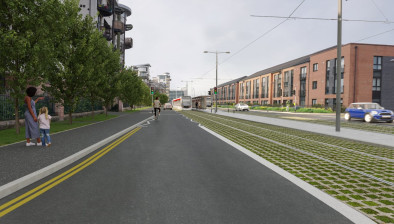Steve Jackson on the final six months of the Trams to Newhaven project

Steve Jackson
After passenger services on Edinburgh’s newest section of public transport launched last month, SCN editor Kieran Findlay caught up with Turner & Townsend’s director and Scotland infrastructure regional lead Steve Jackson to discuss the final stages of the project, the night-time testing period and a potential future extension of the line.
It’s been more than six months since I last spoke to Steve Jackson about his role on Edinburgh’s Trams to Newhaven project and it seems, in the intervening period, there was barely a chance for him to come up for air.
Construction of the 2.9-mile, eight-stop route began in November 2019, but with a Covid-enforced shutdown of operations threatening to delay the opening, the closes stages were as busy as any other part of the project.
Professional services firm Turner & Townsend has been at the heart of the project’s successful delivery from the earliest stages, supporting the business case and providing day-to-day project and cost management services to see it through to completion.
“I won’t lie, there’s a sense of relief there,” admits Steve when I asked about how he feels about the project now passengers are using the service. “I’m so proud of the field team and all involved as well. It’s great to see the successful launch of the project and that the service is busy.
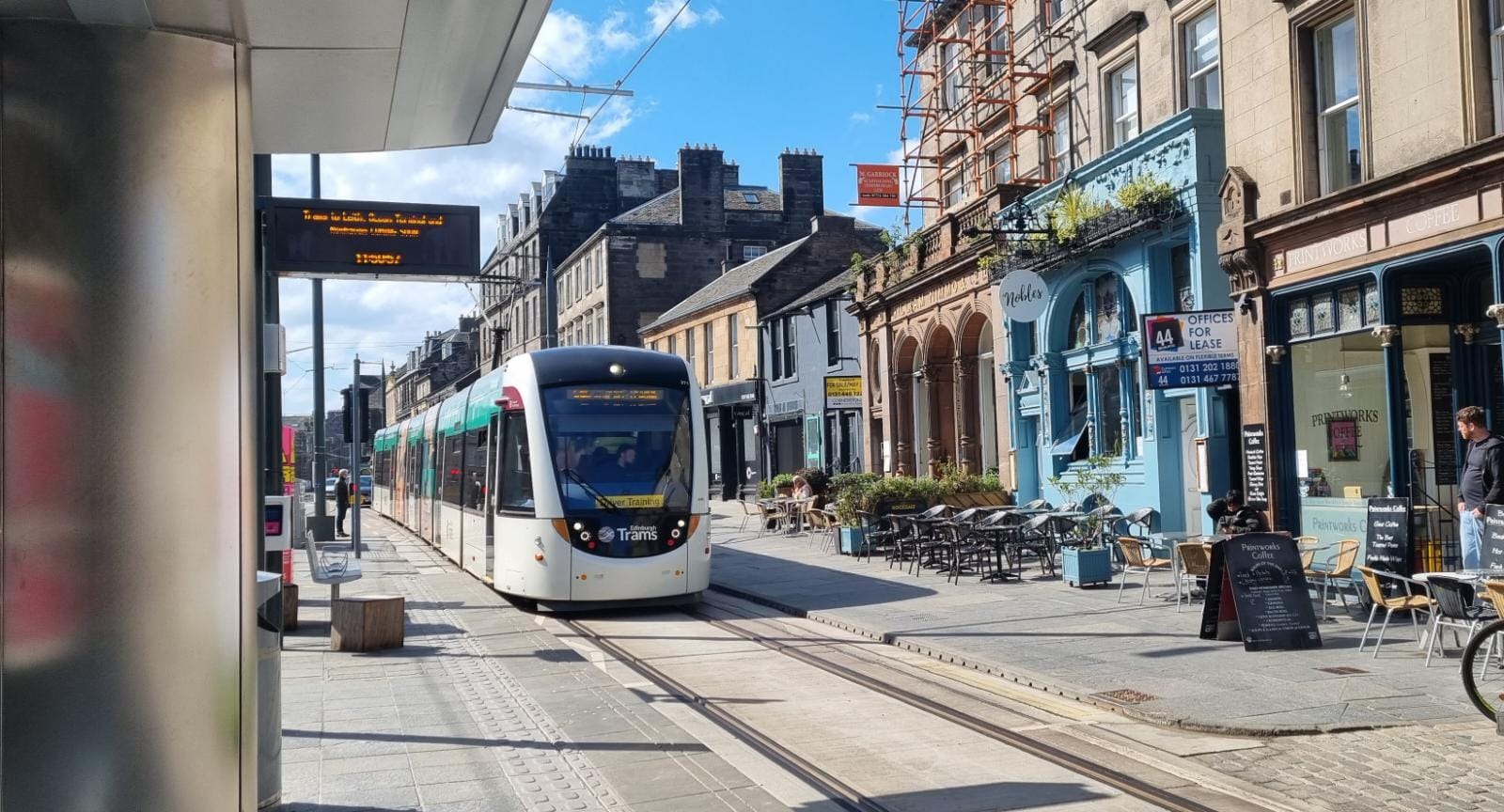
“Up until launch day, I didn’t really get a chance to think about how I feel about it although many people have asked me the question. We’ve just been head down getting the job done right up to it and are still doing so now.”
That hard work paid off as the new service, which was delivered on schedule and within the £207.3 million budget, has started carrying passengers down Leith Walk for the first time since 1956.
The launch day saw the first tram accompanied by a piper into the Picardy Place stop as council leaders and local school pupils officially opened the service.
For Steve, recognising the sacrifices made by the local community was a key component of the day.
“Obviously, bringing it in on time and on budget was important for us, but it was important to celebrate the success of the project with the local community as well because we have been working among them for the last four years. And you could argue they’ve suffered our presence for a while.”
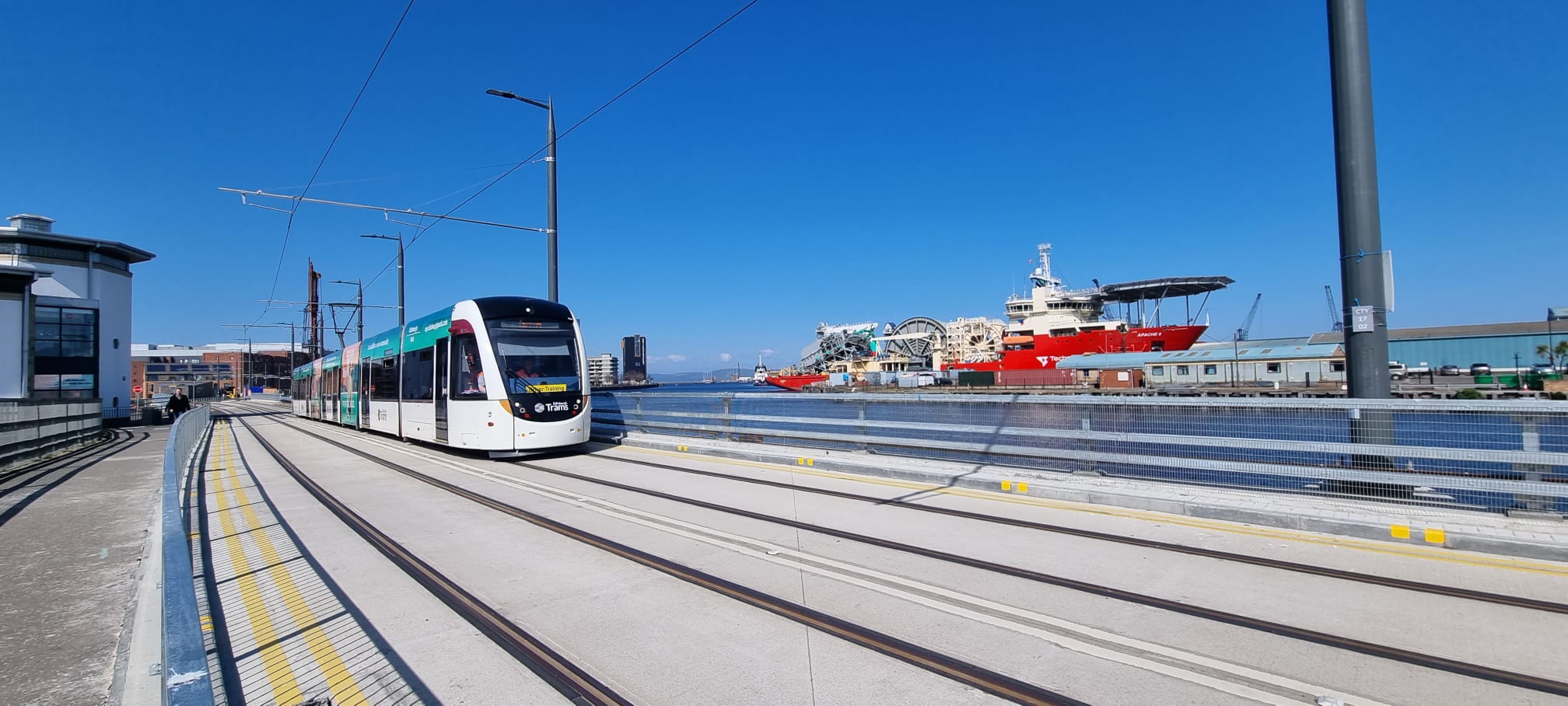
Those final six months prior to launch day signalled a real shift in the dynamic of the project from core civil engineering to systems and testing. A rigorous testing regime was employed to ensure the newly constructed line, software and signals worked effectively and safely.
This included running trams at half and full speed and eventually to timetable, working to integrate signalling and interface with Edinburgh Trams’ control centre and driver familiarisation. Up until that point, drivers have been training on a state-of-the-art simulator, featuring the existing line and a simulated version of the new track to the north of the city.
Steve recalls “a lot of sleepless nights” during this period as much of this testing commissioning occurred through the quieter hours.
“The last six months of the job was predominantly the conclusion of the civils infrastructure for the tramway and installation of all the systems equipment - the equipment on the tram stops overhead line equipment and traction power equipment,” he said.
“As well as getting into testing commissioning, at the start of this year we were into our first early-stage tram tests. We were bringing the tram down through the network at a walking pace, making sure there were no conflicts between the vehicle and the infrastructure, and that the offsets and tram stops were right.
“From that point, we progressed through the performance test, bringing the system gradually over the last two or three months up to, essentially, a timetable regime. I think some people have been using the term ‘ghost trams’, but we had ghost trams run through the network for the last four to six weeks or so.”
Apart from a “few minor issues”, this testing stage passed by largely as expected, as are the snagging and defects stages. Though other work still needs to be completed. The aforementioned site closure of 14 weeks saw the tramway prioritised over public realm and other associated works to ensure the deadline was met.
“There are two pockets of public realm outstanding on the project that are distant from the tramway,” Steve told SCN. “Those will be finished over the next couple of months.”
He added: “With all the work we did with the contractors to deal with the impact of the pandemic and the fact that we had to shut the site down for 14 weeks, those were always areas that we envisaged would have to follow on.
“In terms of defects, we’ve got the contractual defect process that we are following and I expect the contractor will rectify those through the provisions of the contract. These defects are all pretty standard defects that you would expect to see on a construction job of this kind of scale and complexity.”
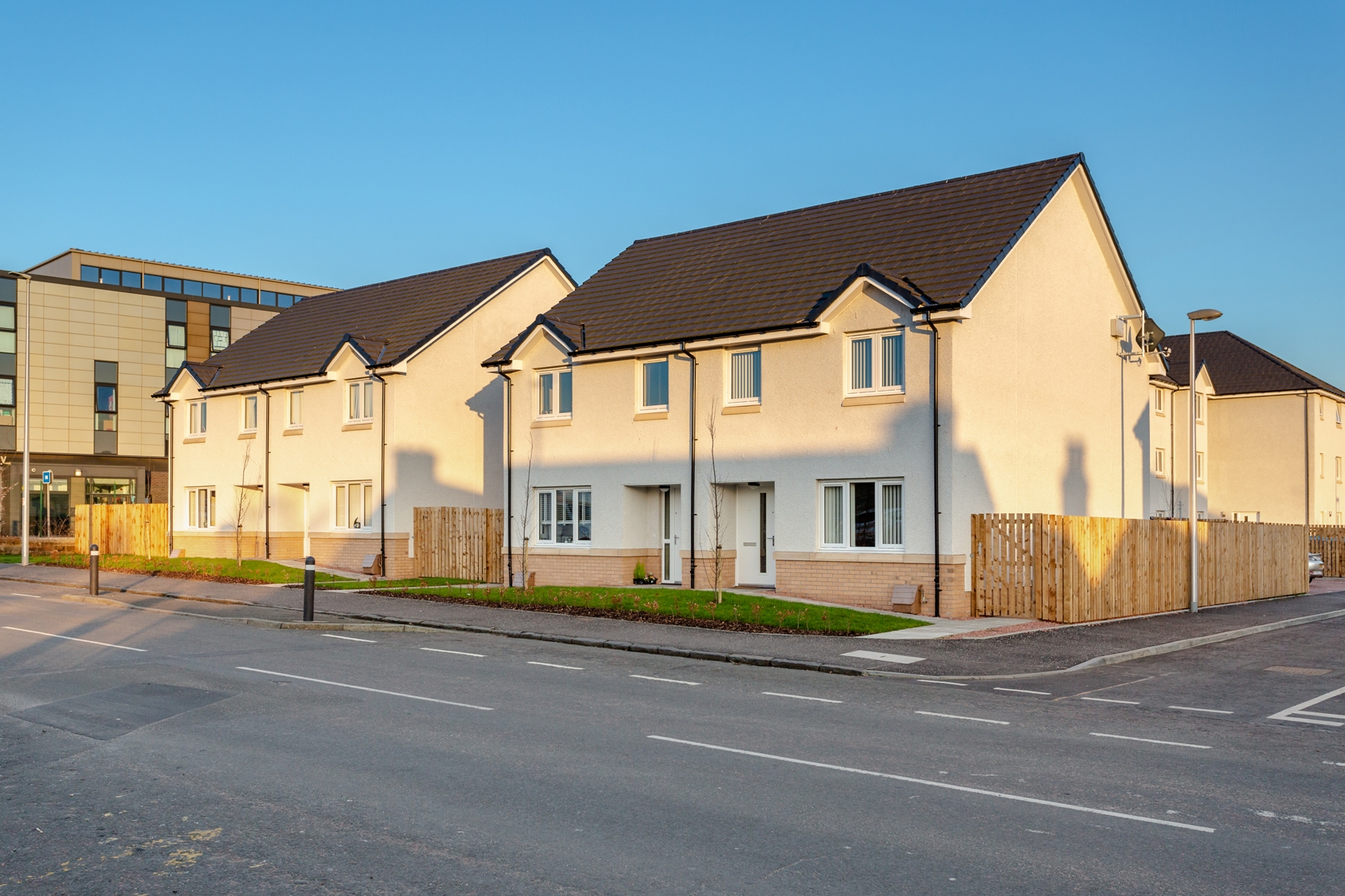
During our extended interview in October, Steve and other members of the extended team were keen to highlight the utilisation of an NEC option E contract as well as early contractor involvement as helping to foster a more positive working environment between those working to deliver the project.
Now able to reflect on proceedings from afar, Steve is able to appreciate the relationships that were built with all concerned parties.
“The main takeaway from the project is still collaboration, but now more in its widest sense,” he added.
“When we’ve talked about collaboration before, we’ve talked about it within the core team of the client and the contractors. If I step back and look again, we’ve had collaboration with the contractors, the supply chain, the client, local key stakeholders along the route and, of course, the operators of the existing system and that’s been key throughout the job.”
So what’s next for Edinburgh’s trams? The route down Leith Walk through to Newhaven should have been part of that first stage nine years ago, but that section of the line was cut out as part of the revised plans. Taking the tramline beyond Newhaven to Granton, now the site of a £1.3 billion regeneration programme, is next on the agenda.
Subject to approval, the council is aiming to have a north/south tram line, and a westward expansion, completed by 2030.
Is Steve as keen as the council to be involved? “Always,” he answered.
“Mass transit schemes like this play an important part in the development of a city like Edinburgh and in terms of where it wants to go with its net zero agenda, encouraging people to use public transport more, and to provide that kind of high capacity high-reliability green service, which I think is really important, the city should definitely look to build that network out.
“Where a tram system is successful is where you have that network build out and, of course, integration with other public transport methods whether that be bike, bus or train.”
Without a detailed look at the make-up of proposed extensions, Steve does highlight potential logistical challenges that will need to be addressed.
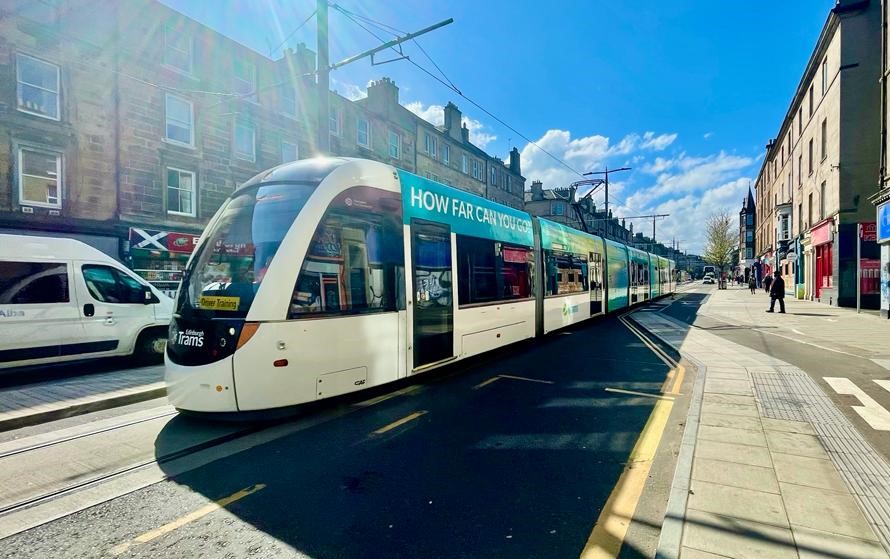
“Obviously, the council is looking at what they call the north/south line, which is from Midlothian, East Lothian, down past the Infirmary and into the city centre. As part of that, you’ve got the section that takes you down to Granton and I know that there are a couple of alignments on the table at the moment.
“One of those alignments, which is down what’s called the Roseburn Corridor, does have parliamentary powers. The majority of that is an off-street running section, which is great for when the system is up and running because it’s completely segregated.
“But from a buildability point of view, it’s in an old railway cutting and there are a lot of historical structures involved as well over bridges and underpasses that will need to be dealt with so it all provides us with different logistical challenges to the line that we’ve just built.”
With that potentially further down the line for the trams, so to speak, what is in the pipeline for Steve himself?
“We’re still in the process of closing out the project, so we want to finish the job well and who knows hopefully for me I’ll be building the line to Granton or the north-south line for Edinburgh one day. But first, a holiday!”





















